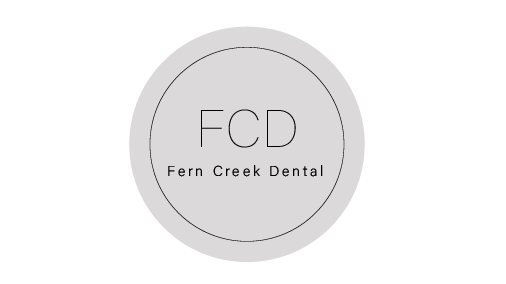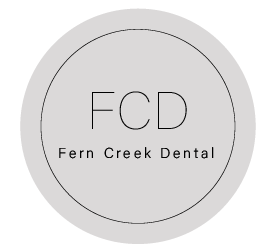Keeping Your Smile Healthy
A healthy smile relies on good daily care for your teeth and gums. Bacteria in your mouth can cause tooth decay and gum disease, so you need to brush and clean between your teeth every day to keep bacteria under control.
TOOTHBRUSHING
Your teeth are coated with a biofilm called plaque. Plaque contains bacteria and other germs and can build up on your teeth, especially along the gumline. When you eat, some of the bacteria in the plaque use the sugar in your food to create acid. This acid can attack the hard outer enamel surface of your tooth and cause cavities to form. Brushing your teeth helps slow this cycle by reducing the amount of bacteria and germs on your teeth and along the gumline.
Follow these 3 key tips for toothbrushing:
- Brush twice per day for 2 minutes each time: When you brush, use small, circular strokes on each tooth. Brush both the inside and outside surfaces, as well as the chewing surfaces.
- Use a toothpaste that has fluoride: Fluoride helps harden your enamel, helping protect it from the acids produced by plaque.
- Use a toothbrush with soft bristles: Hard bristles can be harsh on your gums and may cause them to pull away from your teeth. You can use a manual or powered toothbrush. Both work well for cleaning teeth.
CLEANING BETWEEN YOUR TEETH
Cleaning between your teeth is important. Plaque and bits of food get trapped along the gumline and between your teeth and can cause gum disease. Gum disease can break down the connective tissues and bone that support your teeth, which can cause tooth loss.
To help prevent gum disease, clean between your teeth once per day. You can use dental floss, floss holders, water flossers, small brushes, or picks made for cleaning between your teeth. Your dentist or dental hygienist can show you how to use these and help you choose a product that works for you.
MOUTHRINSES
A number of mouthrinses are available to help freshen breath, fight cavities, or reduce plaque. These can help, but they are not a substitute for brushing and cleaning between your teeth. They might be best used at a time separate from your usual oral health care routine. Talk to your dentist or dental hygienist about whether a mouthrinse would be helpful for you.
SHOPPING SMART
When shopping for oral health care products, always look for the American Dental Association (ADA) Seal of Acceptance (Figure). The ADA Seal shows the benefits of each product in a bulleted list on the package. To get the Seal, manufacturers have to prove that their products do everything on those lists. So, you know there is science backing up those claims. More than 200 products carry the ADA Seal of Acceptance, including toothpastes, both manual and powered toothbrushes, and between-the-teeth cleaners.
CONCLUSION
Your teeth are meant to last a lifetime. Brushing and cleaning between your teeth every day can help make that happen. Talk to your dentist or dental hygienist about your oral health care routine.
https://doi.org/10.1016/j.adaj.2021.07.025
Prepared by Anita M. Mark, senior scientific content specialist, ADA Science & Research Institute, Chicago, IL.
Disclosure. Ms. Mark did not report any disclosures.
Copyright© 2021 American Dental Association. Unlike other portions of JADA, the print and online versions of this page may be reproduced as a handout for patients without reprint permission from ADA Publishing. Any other use, copying, or distribution of this material, whether in printed or electronic form, including the copying and posting of this material on a website, is prohibited without prior written consent of ADA Publishing.
“For the Patient” provides general information on dental treatments. It is designed to prompt discussion between dentist and patient about treatment options and does not substitute for the dentist’s professional assessment based on the individual patient’s needs and desires.
You can find more information for patients at ADAcatalog.org or at MouthHealthy.org.











